15 The Best Places To Visit In Spain – Complete Guide
Spain, with its rich history, diverse landscapes, and vibrant culture, offers a plethora of destinations for travellers seeking beauty, adventure, and culinary delights. From the bustling streets of Barcelona to the serene beaches of the Balearic Islands, Spain is a country that caters to all types of travellers. Here, we discuss the brief history of Spain and the diverse systems of culture, education and beauty of religion. And including discussing the best places to visit in Spain, each with its unique charm and attractions.
History of Spain
The history of Spain is a fascinating tapestry of conquests, empires, cultures, and revolutions, stretching back thousands of years. This narrative includes the rise and fall of great civilizations, the blending of cultures, and the emergence of Spain as a modern nation-state. Here’s an in-depth look at the historical journey of Spain.
Pre-Roman and Roman Spain
Spain’s history begins with the earliest human settlements. The Iberian Peninsula, as Spain and Portugal are collectively known, saw a mix of different cultures and peoples over the millennia, including the Iberians, Celts, and the mysterious Tartessians, who traded widely across the Mediterranean.
The Romans arrived in the 3rd century BC, initially to fight the Carthaginians in the Punic Wars. Over several centuries, Rome conquered the peninsula, which they named Hispania. Roman rule brought roads, cities, and Roman law, culture, and language to the region, laying the foundation for Spain’s later history.
The Visigothic Kingdom
As the Roman Empire weakened, Germanic tribes such as the Visigoths entered Hispania, eventually establishing a kingdom that spanned most of the Iberian Peninsula by the early 5th century. The Visigothic rule, although marked by internal strife, continued Roman traditions and Christianity, which had taken root in the peninsula during the Roman period.
Islamic Conquest and Al-Andalus
The Visigothic kingdom came to an abrupt end in the early 8th century when Muslim forces from North Africa, under the Umayyad Caliphate, invaded. This marked the beginning of Islamic rule in much of the peninsula, a period known as Al-Andalus. The Muslims introduced new agricultural practices, science, mathematics, and architecture, leaving a lasting legacy in Spain.
The Reconquista and the Rise of Christian Kingdoms
The Christian Reconquista (reconquest) began almost immediately after the Muslim conquest. Over centuries, Christian kingdoms in the north, such as Castile, Aragon, Navarre, and León, gradually expanded southward. The Reconquista culminated in 1492 with the fall of Granada, the last Muslim stronghold, to the Catholic Monarchs, Ferdinand II of Aragon and Isabella I of Castile.
The Spanish Empire
The late 15th and early 16th centuries saw Spain become a global empire. The marriage of Ferdinand and Isabella unified Spain, and their sponsorship of Christopher Columbus in 1492 led to the European discovery of the Americas. Spain’s empire expanded across the Caribbean, large parts of South and Central America, parts of North America, as well as into Asia and the Pacific. This period brought immense wealth and power to Spain but also led to the exploitation and suffering of indigenous peoples.
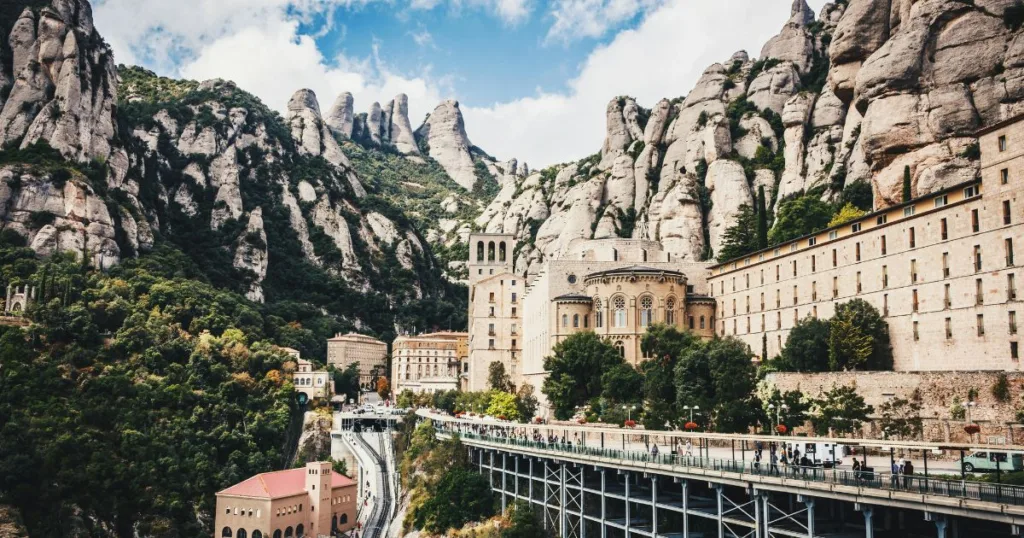
Decline of the Empire and Enlightenment
The 17th century was a period of decline for Spain, marked by economic problems, military defeats, and internal strife. The War of Spanish Succession (1701-1714) further weakened Spain, leading to the loss of its European possessions. The 18th century saw efforts at modernization and reform under the Bourbon monarchs, influenced by Enlightenment ideas.
19th Century: War and Instability
The 19th century was a turbulent period for Spain, featuring the Peninsular War against Napoleon’s forces, the loss of most of its American colonies, and numerous internal conflicts, including the Carlist Wars between liberal and conservative factions.
The 20th Century: Republic, Civil War, and Dictatorship
The 20th century was marked by the establishment of the Second Spanish Republic in 1931, followed by the Spanish Civil War (1936-1939), a devastating conflict that ended with the victory of Nationalist forces under General Francisco Franco, who then established a dictatorship that lasted until he died in 1975.
Modern Spain
Following Franco’s death, Spain transitioned to democracy with the adoption of a new constitution in 1978, becoming a parliamentary monarchy. Spain joined the European Economic Community (now the European Union) in 1986, which helped modernize the country’s economy. Today, Spain is known for its vibrant culture, democratic government, and significant role within the European Union.
The history of Spain is a complex narrative of diverse peoples, cultures, and ideologies. From ancient civilizations through periods of conquest and empire to modern democracy, Spain’s rich history has created a unique and enduring national identity.
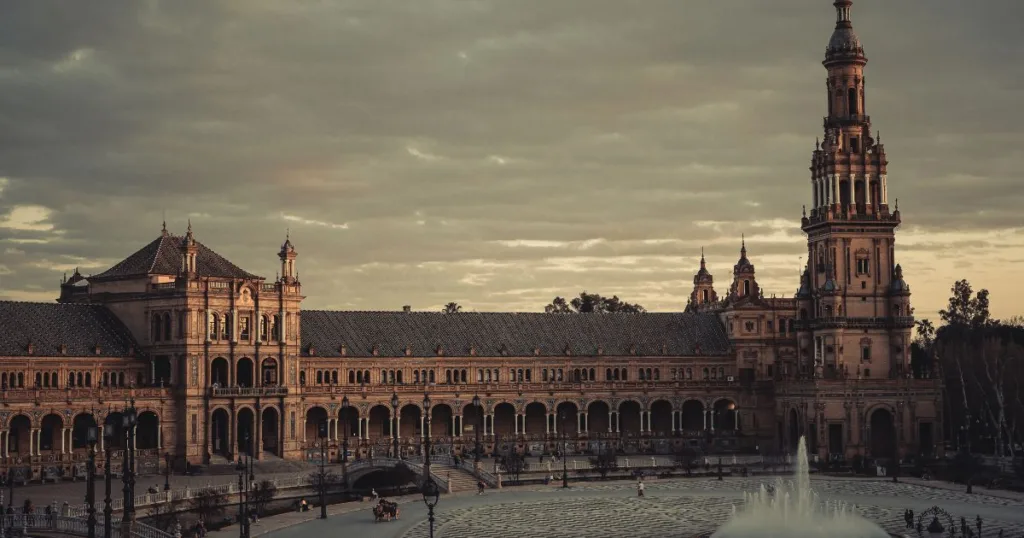
People of Spain
Spain, with its rich history and diverse landscapes, boasts a vibrant culture, a unique education system, and varied climate zones, all underpinned by a historical religious backdrop. Each of these elements plays a crucial role in shaping the Spanish experience, from daily life and annual celebrations to the educational journey of its citizens and the country’s weather patterns.
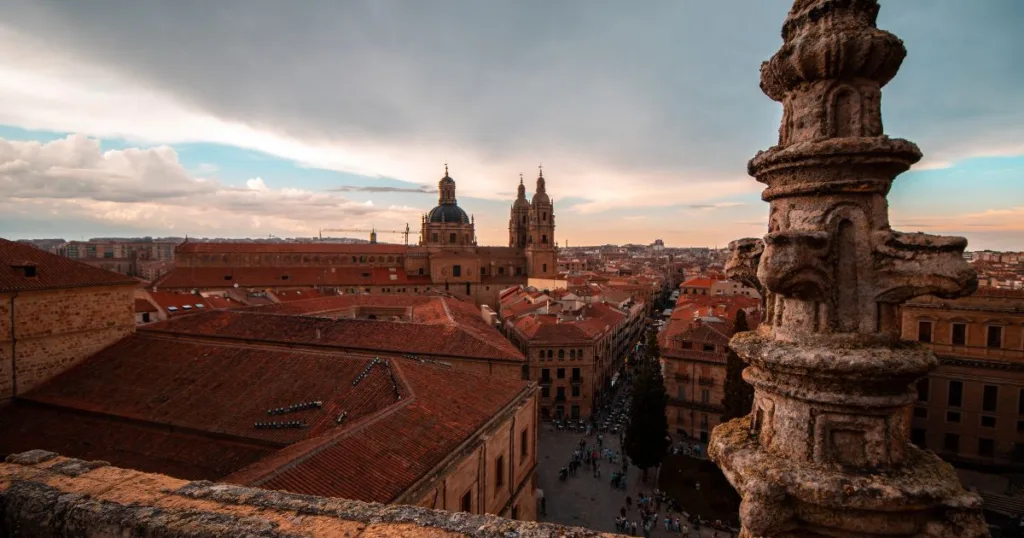
Cultural Traditions
Spanish culture is characterized by a rich tapestry of traditions, deeply influenced by it’s regional diversity. Celebrations and festivals play a central role, with each region boasting, it’s unique festivities.
- Flamenco: Originating from Andalusia, Flamenco is not just a dance but a cultural expression that encompasses guitar playing (toque), song (cante), and dance (baile). It’s recognized by UNESCO as an Intangible Cultural Heritage.
- Bullfighting: Though controversial and banned in some regions, bullfighting remains a historic part of Spanish culture, especially in cities like Madrid and Seville.
- Fiestas: Spain is famous for its festivals, such as La Tomatina in Buñol, where participants throw tomatoes at each other, and the Running of the Bulls (San Fermín) in Pamplona. Semana Santa (Holy Week) is another significant event observed with processions in many cities, especially notable in Seville.
- Food and Siesta: Spanish cuisine, known for its Mediterranean roots, features paella, tapas, and sangria. The tradition of siesta, a short nap after the midday meal, reflects the Spanish value of family and social life, although its practice has declined in urban areas.
Education System
Spain’s education system is regulated by the Ministry of Education and Vocational Training, with compulsory education from 6 to 16 years old.
- Levels of Education: The system is divided into several stages: Pre-school (Educación Infantil), Primary Education (Educación Primaria), Compulsory Secondary Education (Educación Secundaria Obligatoria – ESO), Post-Compulsory Education (Bachillerato or Vocational Training), and Higher Education (University or Advanced Vocational Training).
- Higher Education: Spain’s universities, public and private, are recognized for their high quality. The country also participates in the Bologna Process, ensuring comparability in the standards and quality of higher education qualifications across Europe.
Climate and Weather
Spain’s climate varies significantly from region to region, influenced by its geographical diversity:
- Northern Spain: Features an oceanic climate with relatively mild winters, cool summers, and high precipitation, especially in Galicia and the Basque Country.
- Central Plateau: Characterized by a continental climate, with hot summers and cold winters, exemplified by Madrid’s weather patterns.
- Mediterranean Coast: Enjoys a Mediterranean climate with mild, wet winters and hot, dry summers. This climate is typical of Barcelona, Valencia, and the Balearic Islands.
- Southern Spain: Andalusia experiences hot summers and mild winters, with Seville being one of the hottest cities in Europe during the summer.
- Canary Islands: Have a subtropical climate, with mild temperatures year-round, making them a popular destination in both summer and winter.
Religion
Roman Catholicism has historically been the dominant religion in Spain and continues to play a significant role in Spanish culture and traditions, despite the country’s official secularism.
- Influence on Festivals: Many of Spain’s festivals and public holidays have religious origins, such as Semana Santa and Christmas celebrations.
- Secularization: Over recent decades, Spanish society has become increasingly secular, with a significant portion of the population identifying as non-religious or practising other faiths. However, the Catholic Church still holds influence in certain social and political spheres.
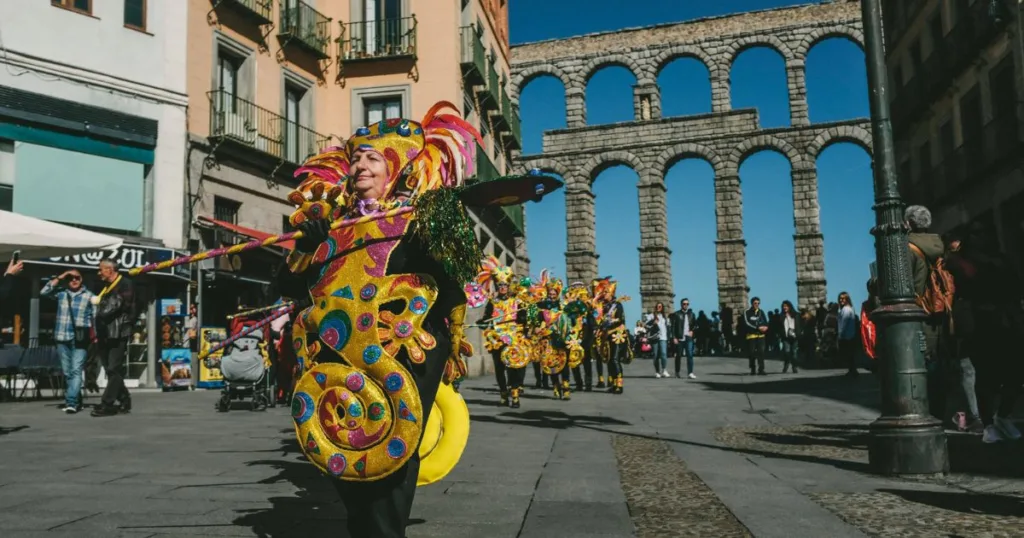
In addition, Spain’s rich cultural traditions, comprehensive education system, diverse climates, and historical religious influences make it a unique and fascinating country. These elements together shape the everyday life and national identity of Spaniards, offering a deeply textured and colourful tapestry of experiences for both residents and visitors alike
15 Unforgettable The Best Places to Visit in Spain
Spain, with its rich history, diverse landscapes, and vibrant cultures, offers travellers an array of unforgettable experiences. From the architectural wonders of Barcelona to the sun-soaked beaches of the Costa del Sol, Spain is a country that caters to all kinds of travellers. Here are 15 of the best places to visit in Spain, each with its unique charm and attractions.
1. Barcelona
The cosmopolitan capital of Catalonia, Barcelona, is renowned for its stunning architecture by Antoni Gaudí, with the Sagrada Familia and Park Güell topping the list of must-see attractions. The Gothic Quarter’s narrow medieval streets are filled with shops, bars, and restaurants, while the city’s beaches offer a perfect relaxation spot.
Beyond Gaudí’s masterpieces, Barcelona’s charm lies in its vibrant street life, especially along Las Ramblas, a bustling promenade filled with performers and markets. The city’s beaches, like Barceloneta, offer a Mediterranean escape, while Montjuïc Hill offers panoramic views, a castle, and several museums.
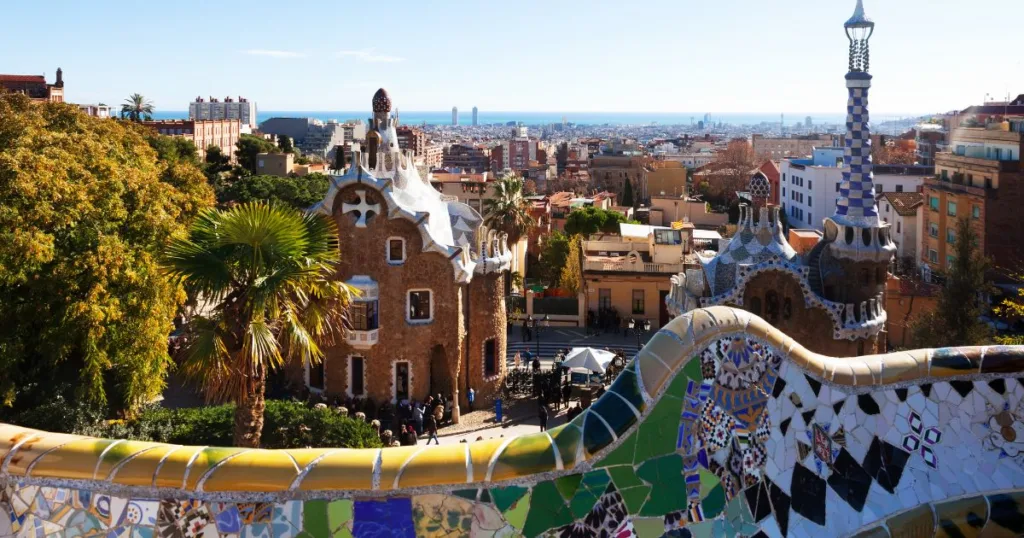
2. Madrid
Spain’s vibrant capital boasts world-class museums like the Prado and Reina Sofía, showcasing works by Spanish masters such as Velázquez and Picasso. Don’t miss the Royal Palace, Buen Retiro Park, and the bustling squares of Plaza Mayor and Puerta del Sol.
Madrid is not only about its museums; the city’s nightlife is legendary, offering an eclectic mix of traditional tapas bars and cutting-edge clubs. The El Rastro flea market provides a unique shopping experience every Sunday, and the city’s parks, especially El Retiro, offer green havens of tranquillity.
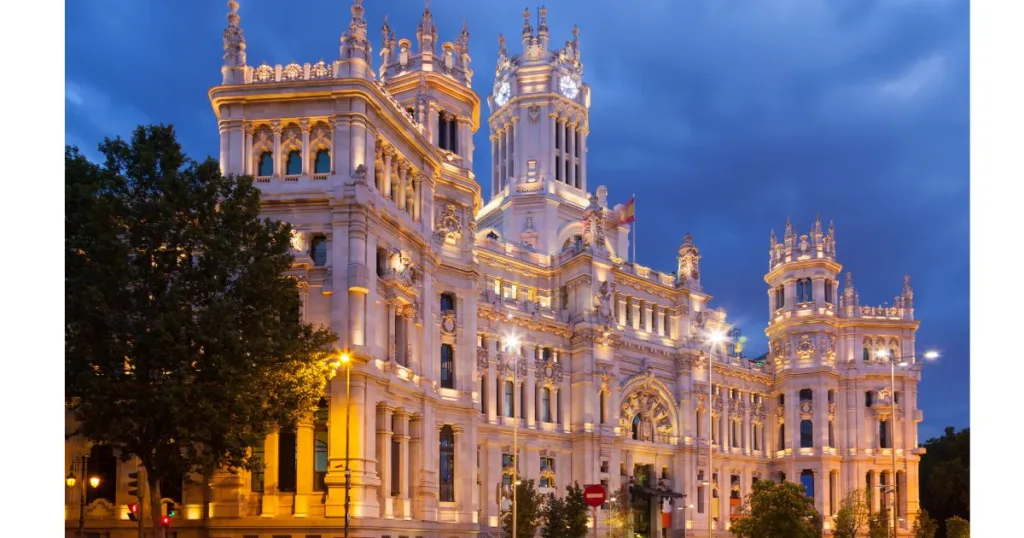
3. Seville
Famous for its Gothic cathedral, the largest in the world, Seville is the heart of Andalucian culture. Explore the Alcázar, a stunning example of Mudéjar architecture, and wander through the historic Barrio Santa Cruz. Experience authentic flamenco in the Triana district.
Seville’s charm is accentuated during the Feria de Abril, a week-long celebration of dance, music, and bullfighting. The Metropol Parasol offers a modern contrast to the city’s historic sites, with breathtaking views and a fascinating archaeological museum beneath.
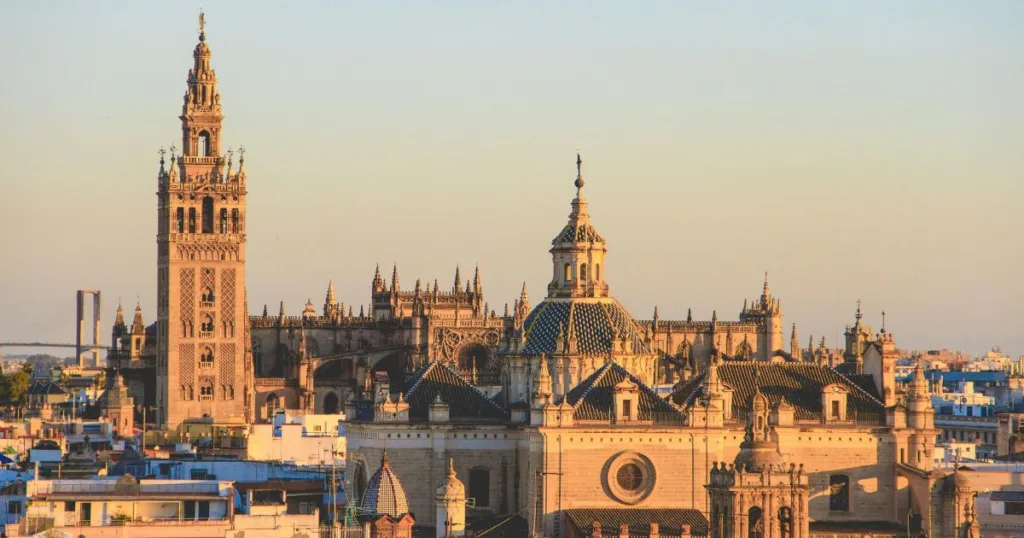
4. Granada
Home to the breathtaking Alhambra, a UNESCO World Heritage site, Granada is a testament to Spain’s Moorish heritage. The intricate Islamic art and architecture, serene Generalife gardens, and the views from the Albaicín make Granada a magical destination.
Granada’s Alhambra is a highlight, but the city’s appeal extends to its vibrant street life, particularly in the Albaicín and Sacromonte neighbourhoods, known for their cave dwellings and spontaneous flamenco performances. The Sierra Nevada nearby offers skiing and hiking opportunities.
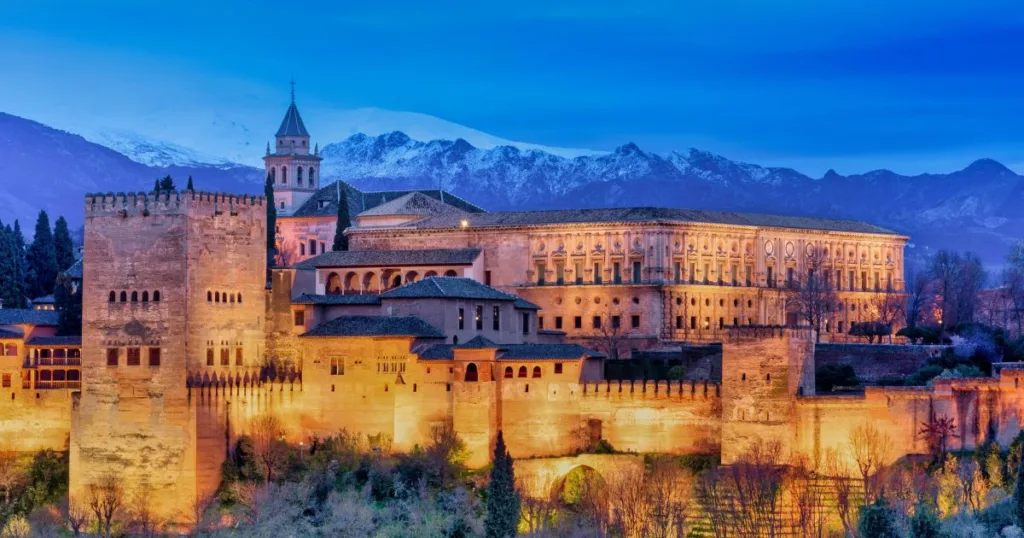
5. Valencia
Known for the City of Arts and Sciences, an avant-garde and futuristic museum complex, Valencia blends the old with the new. Don’t miss the Silk Exchange and the Central Market in the historic centre. Try the original paella, a local delicacy.
Valencia’s Turia Gardens, a dry riverbed turned into a lush park, exemplifies the city’s blend of history and modernity. The Fallas Festival in March is a fiery celebration of creativity and renewal, featuring elaborate sculptures that are paraded and then burned.
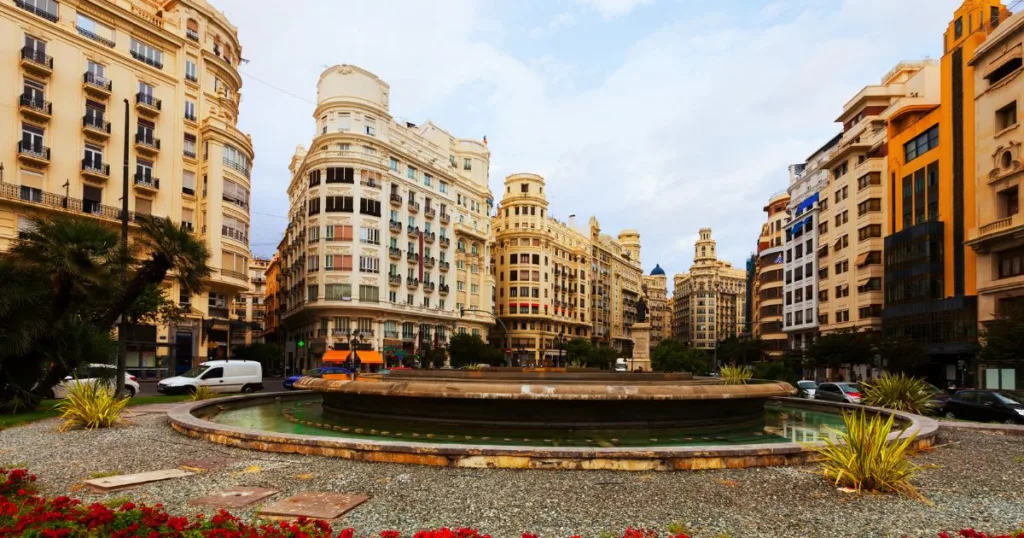
6. San Sebastián
Situated in the Basque Country, San Sebastián is famed for its beautiful La Concha beach and outstanding culinary scene, boasting a high concentration of Michelin-starred restaurants. Explore the Parte Vieja (Old Town) for pintxos (Basque tapas) bars.
Beyond its culinary prowess, San Sebastián’s International Film Festival attracts cinema enthusiasts worldwide. The city’s three beaches, including the surf-friendly Zurriola, offer a variety of water sports and leisure activities.
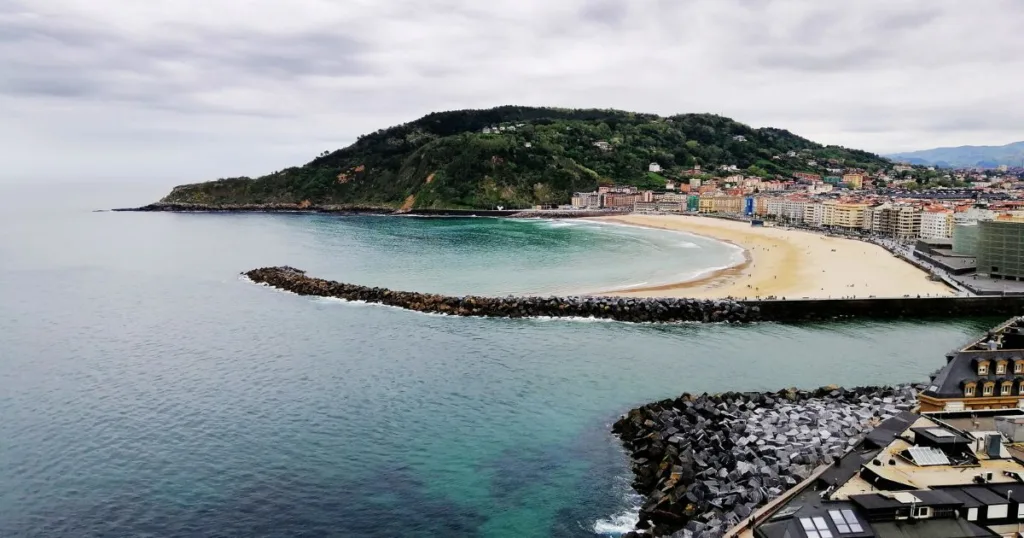
7. Mallorca
The largest of the Balearic Islands, Mallorca offers stunning beaches, crystal-clear waters, and the beautiful Serra de Tramuntana mountain range. Visit the capital, Palma, to see the majestic Cathedral and Bellver Castle.
Mallorca’s beauty extends beyond its shores to the charming stone-built villages like Valldemossa and Deià. The island’s hiking trails through the Tramuntana mountains reveal stunning landscapes and hidden coves.
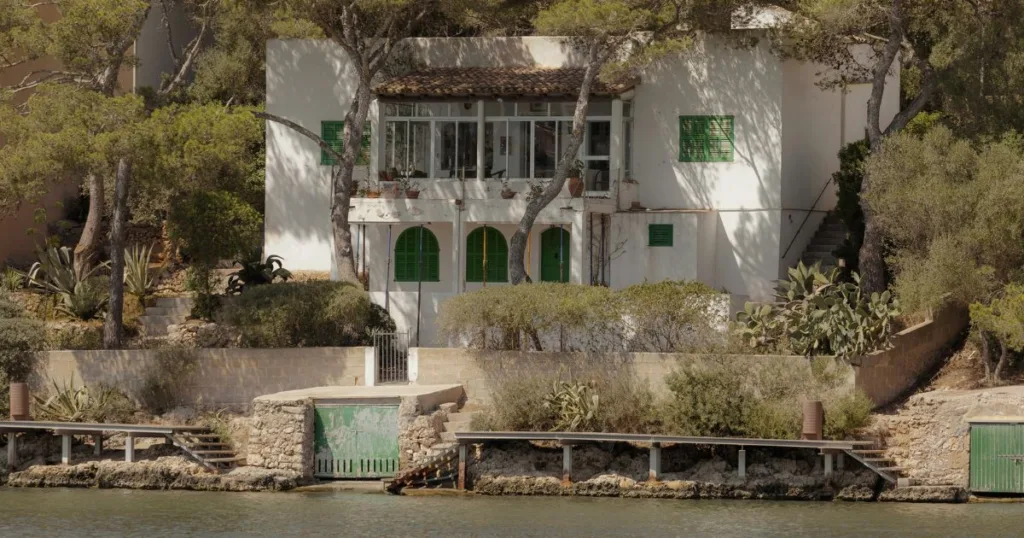
8. Ibiza
While renowned for its vibrant nightlife and electronic music scene, Ibiza is also boasts beautiful beaches, quiet villages, and a UNESCO-listed old town. It’s a destination that truly offers something for everyone.
For a different pace, explore Ibiza’s UNESCO-protected Phoenician settlement at Sa Caleta or the tranquil north, with its bohemian markets and yoga retreats. The island’s clear waters are perfect for snorkelling and sailing.
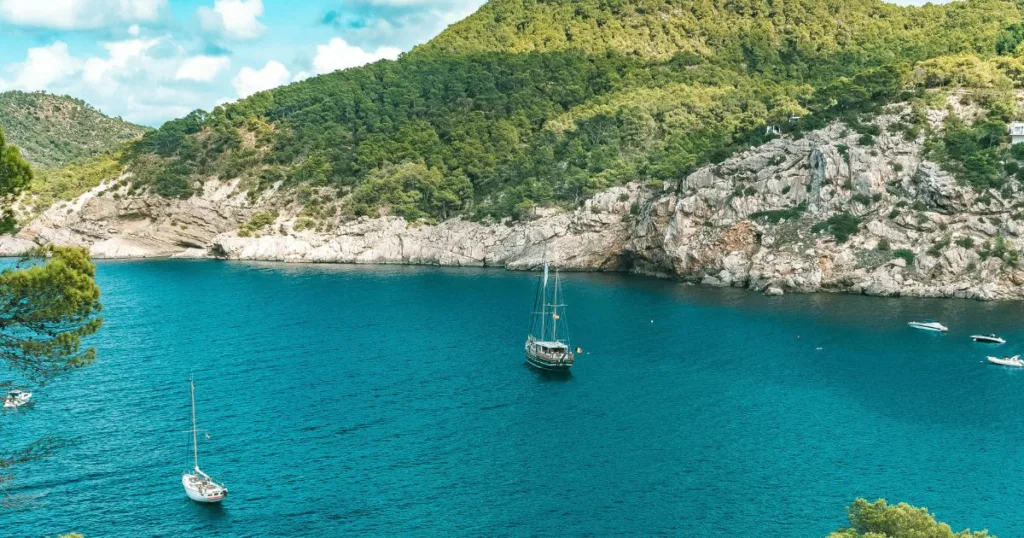
9. Córdoba
April’s Feria de los Patios, when private courtyards are adorned with flowers, is a perfect time to visit Córdoba. The Mezquita, a mosque-cathedral, is a stunning example of Islamic architecture.
Beyond the Mezquita, Córdoba’s Alcázar de los Reyes Cristianos features beautiful gardens and fountains. The city’s Jewish Quarter, with its narrow lanes and white-washed houses, offers a glimpse into its medieval past.
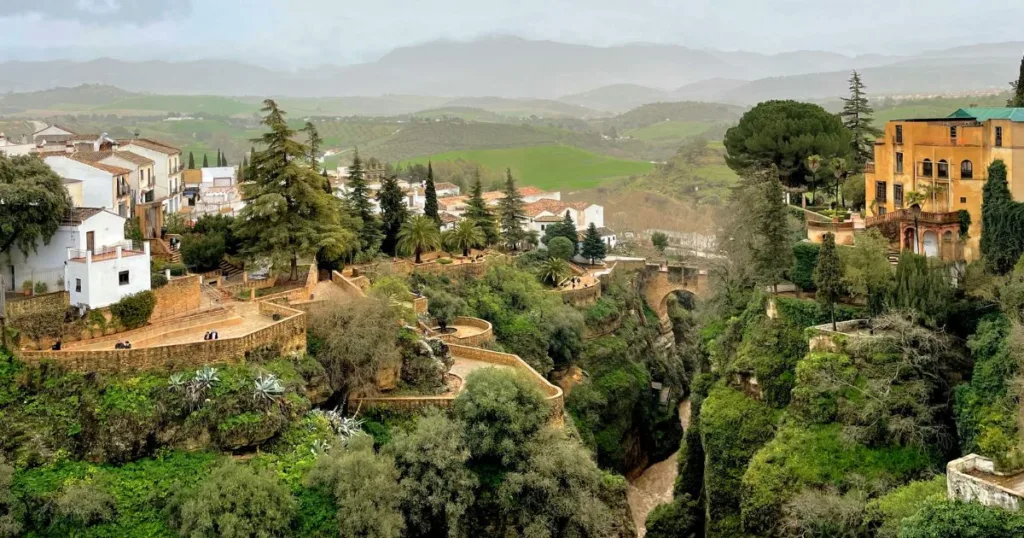
10. Ronda
Perched on a mountaintop and split by a deep gorge, Ronda is one of Spain’s oldest towns. Its dramatic views, the Puente Nuevo bridge, and the oldest bullring in Spain make it a unique visit.
Ronda’s beauty is magnified by its surrounding natural parks, making it an ideal base for hiking, cycling, and exploring Andalucía’s countryside. The city’s wine culture, with several vineyards offering tastings, adds another layer to its appeal.
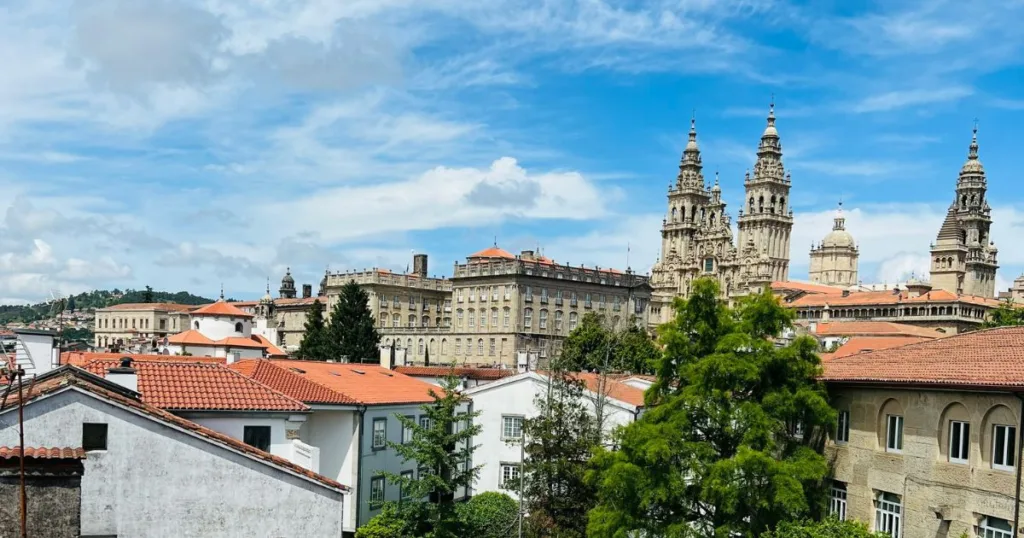
11. Santiago de Compostela
The final destination of the Camino de Santiago pilgrimage route, this city is known for its stunning cathedral. The historic centre’s narrow streets offer a journey back in time.
The city’s culinary scene is as rich as its spiritual heritage, with Galician specialities like octopus and the almond cake Tarta de Santiago. The Museum of Pilgrimage explores the history and significance of the Camino de Santiago.
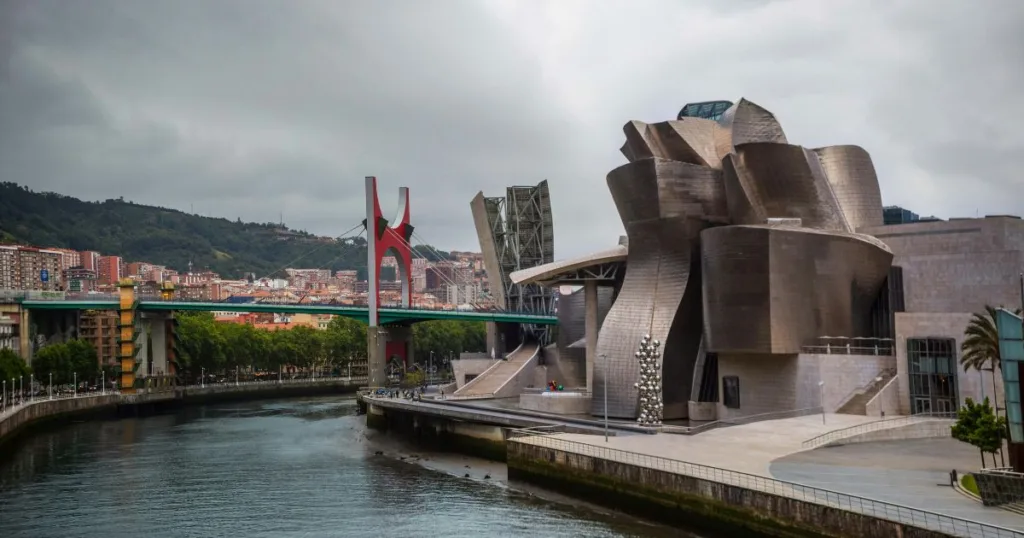
12. Bilbao
Bilbao, the largest city in the Basque Country, has transformed into a hub of modern architecture and art, largely thanks to the Guggenheim Museum. The old town, with its seven streets, is full of charm.
Bilbao’s transformation from an industrial port to a cultural hub is also seen in its gastronomy, with innovative pintxos bars and Michelin-starred restaurants. The city’s riverside walks and green spaces add to its appeal.
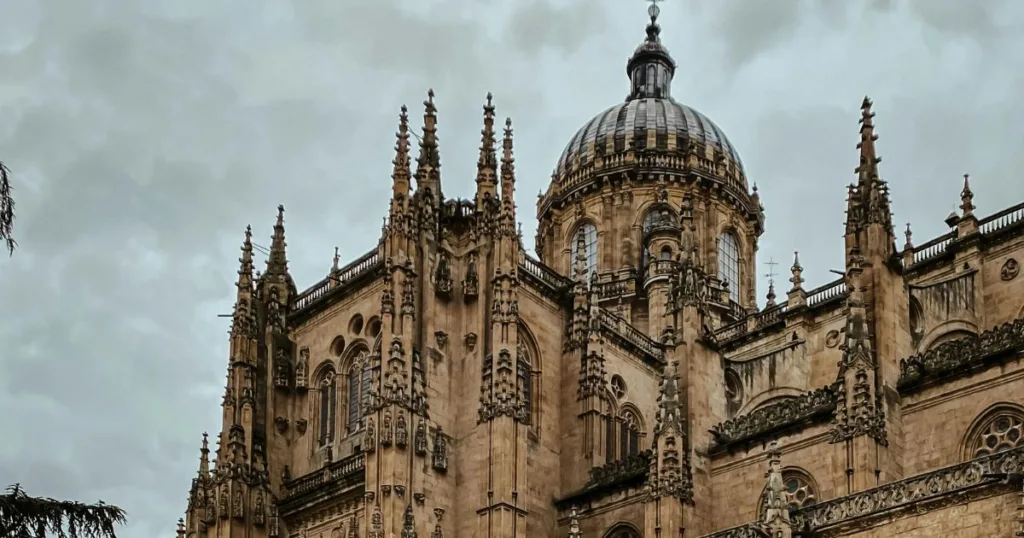
13. Salamanca
Home to one of the oldest universities in the world, Salamanca is known as “La Dorada” (The Golden City) for its radiant sandstone architecture. The Plaza Mayor is considered one of the most beautiful squares in Spain.
Salamanca’s university life brings vibrancy, with numerous bars, cafes, and cultural events. The Casa de las Conchas, with its shell-decorated façade, and the Art Nouveau and Art Deco Museum are additional highlights.

14. Toledo
Once the capital of Spain, Toledo is known as the “City of Three Cultures” for the historical co-existence of Christian, Muslim, and Jewish cultures. Its medieval old town is a UNESCO World Heritage Site.
Exploring Toledo’s artisanal crafts, especially the Damascene metalwork and marzipan, offers unique souvenirs. The El Greco Museum, dedicated to the city’s most famous resident, showcases his works in a 16th-century setting.
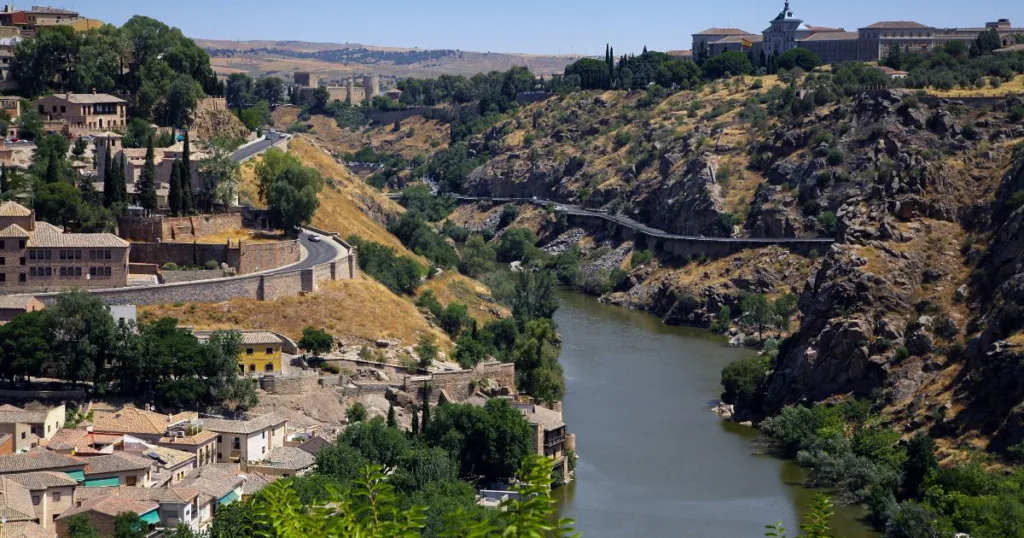
15. Canary Islands
This archipelago off the coast of Africa offers diverse landscapes, from the lunar-like terrain of Lanzarote to the lush forests of La Palma. Tenerife’s Teide National Park offers hiking and the chance to ascend Spain’s highest peak.
Each island has its personality, from the UNESCO Biosphere Reserve of Lanzarote’s Timanfaya National Park to the star-gazing opportunities on La Palma, known as “La Isla Bonita.” The islands’ diverse climates support unique ecosystems and outdoor adventures year-round.
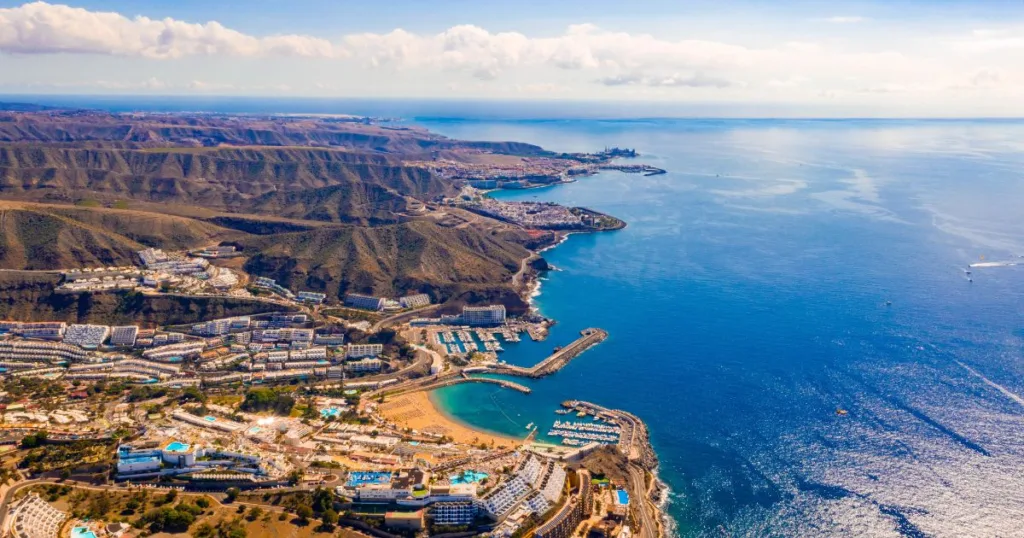
Closing Thoughts
Exploring these destinations in Spain reveals a country of immense diversity and depth, where every city, town, and island offers its unique blend of history, culture, and natural beauty. Spain invites travellers to immerse themselves in its traditions while also enjoying its contemporary innovations and natural wonders.
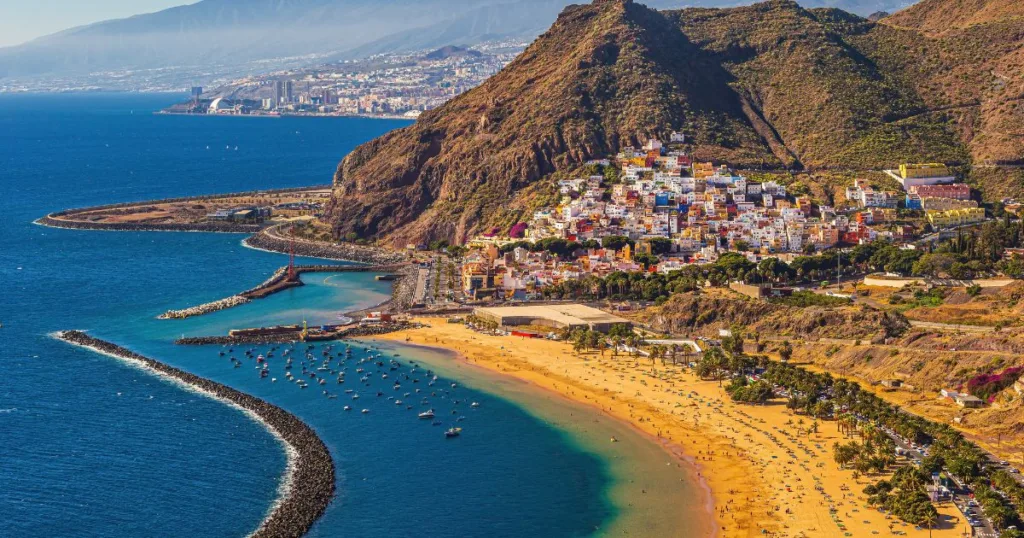
Each of these destinations showcases the diversity and beauty of Spain, making it clear why this country remains one of Europe’s most popular travel destinations. Whether you’re seeking sun, culture, history, or gastronomy, Spain has something to offer every traveller.
42 Most Beautiful Places In The World To Visit 2023
15 Best Travel Backpacks- How To Choose 2023
exploring-19-of-the-best-places-to-visit-in-Europe/
Aiman Khalid
I’m Aiman Khalid, your dedicated SEO Analyst. With a passion for digital marketing and a keen eye for optimizing online experiences, I’ve made it my mission to help businesses thrive in the digital realm. My journey into the world of SEO began with a fascination for search engines and their algorithms, and since then, I’ve honed my skills to become a seasoned professional. Armed with years of experience, I specialize in crafting SEO strategies that not only boost search engine rankings but also drive tangible results, such as increased website traffic and conversions. I’m here to demystify the world of SEO and empower your online presence, one keyword at a time.
-
© Copyright 2020 | www.pairstravel.com

